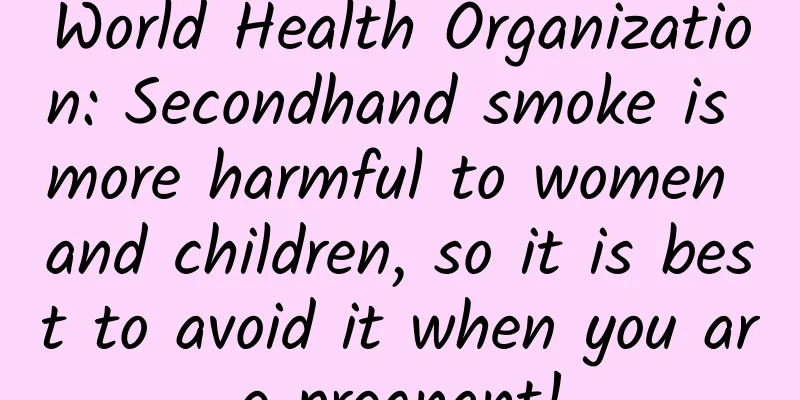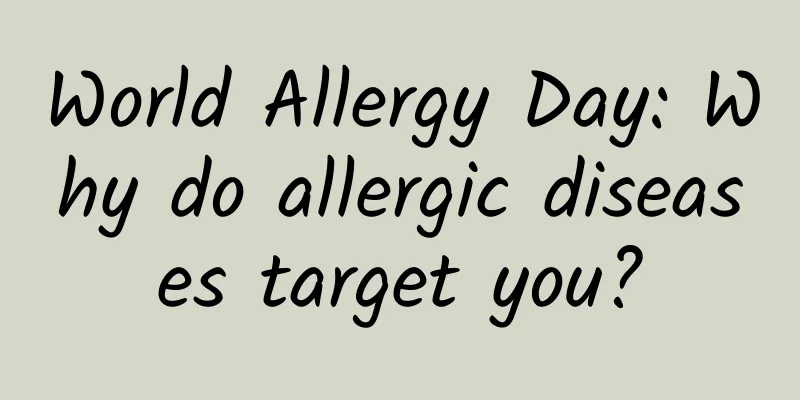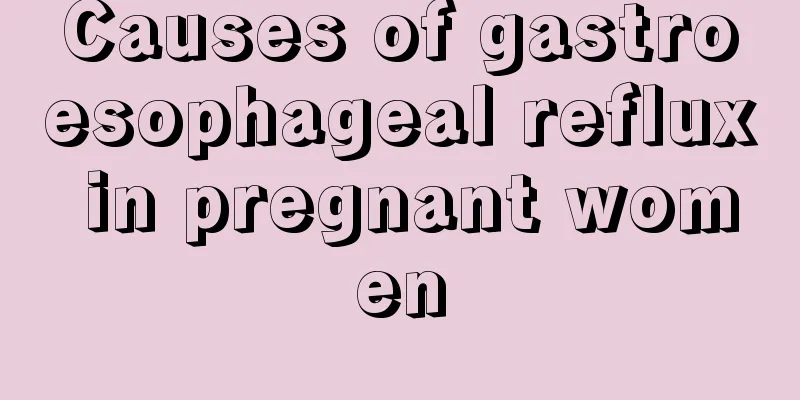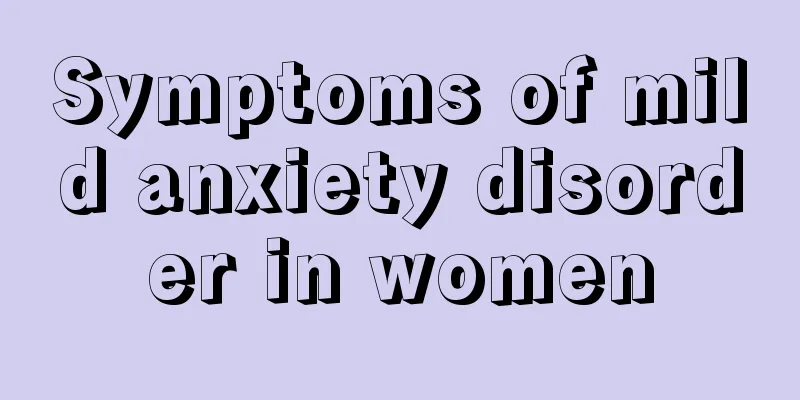World Health Organization: Secondhand smoke is more harmful to women and children, so it is best to avoid it when you are pregnant!

|
Smoking is generally divided into active smoking and passive smoking. When smokers inhale cigarette smoke into their bodies, it is called active smoking, also known as first-hand smoking. Since smokers' puffs and the smoke they emit pollute the air nearby, non-smokers breathe in the polluted air and are also harmed by cigarettes. This is called passive smoking, which is what we call second-hand smoke. The World Health Organization defines secondhand tobacco smoke as the smoke that fills a closed space when people burn tobacco products such as cigarettes and hookahs. There is no safe exposure standard for secondhand tobacco smoke, which causes more than 1.2 million premature deaths and serious cardiovascular and respiratory diseases each year. Nearly half of children often breathe air polluted by tobacco smoke in public places, and 65,000 people die each year from diseases caused by secondhand smoke[1]. Since the harmful components of secondhand smoke can exist in the air, dust, and surfaces for a long time and are not easy to dissipate, they often cause long-term harm to the human body without being noticed. The harm to women and children is even greater. Long-term exposure to secondhand smoke in women will have adverse effects on reproductive function, sexual function, endocrine function, and other aspects, leading to infertility. Secondhand smoke exposure is also an important risk factor for pregnant women to develop gestational hypertension and pregnancy complications. Nicotine and other harmful substances can be detected in the amniotic fluid of 90% of pregnant women who passively inhale secondhand smoke, indicating that tobacco smoke directly pollutes the intrauterine environment. Secondhand smoke harms babies even before they are born, causing premature births, which come with low birth weights, and even miscarriages for women. It also affects the mother's health, such as breathing and blood pressure levels. Therefore, if you are pregnant, it is best to avoid all sources of secondhand smoke. Children are the biggest victims of environmental pollution. Studies have shown that [2] about 40% of children worldwide are exposed to secondhand smoke. Passive exposure to tobacco smoke puts children and adolescents at risk of serious respiratory diseases and affects the development and maturation of lung, cardiovascular and brain functions. Children usually experience higher environmental exposure than adults. In addition, children are active, have poor self-protection ability, and have impaired respiratory, nervous and immune functions, making them most vulnerable to the harm of secondhand smoke, which can lead to pneumonia, otitis media, etc. In addition, studies [3] have found that secondhand smoke increases children's risk of neurological diseases by 50%, including learning disabilities, depression and behavioral disorders. In some cases, it can immediately affect adults' mental health, manifested as decreased attention and short-term memory, and an increased risk of depression. For parents who smoke, even if they do not smoke in front of their children, as long as they smoke indoors, the nicotine floating in the living room, bedroom, etc. can still cause harm to children. For parents who do not smoke at home, third-hand smoke remaining on clothing and skin can also cause harm to children due to close contact with them. Thirdhand smoke refers to the tobacco residue left on surfaces such as clothing, walls, carpets, furniture and even hair and skin after smokers puff out smoke. It is also called involuntary smoking and is a form of passive smoking. This residual smoke still emits toxic gases. This means that even living in an area where people smoke can cause health damage, and children are deeply affected because they are exposed to cigarette smoke during the most critical period of development. Some people may ask, since the secondhand smoke from traditional cigarettes is so harmful, can smoking e-cigarettes reduce the harm of secondhand smoke? Studies have shown [1] that secondhand aerosol (secondhand smoke from electronic cigarettes) produced by heating liquids in electronic cigarettes is a new source of air pollution. It includes particulate matter (including fine particles and ultrafine particles), propylene glycol, certain volatile organic compounds, certain heavy metals and nicotine. It is not just "water vapor" as many marketing propaganda claims. Compared with smoke-free fresh air, secondhand aerosol can cause PM1.0 values to be 14 to 40 times higher and PM2.5 values to be 6 to 86 times higher. Nicotine content is 10 to 115 times higher, acetaldehyde content is 2 to 8 times higher, and formaldehyde content is 20% higher. In addition, the content of certain metals produced by e-cigarettes, such as nickel and chromium, is even higher than that produced by secondhand smoke from traditional cigarettes[1]. Therefore, whether it is the secondhand smoke produced by traditional cigarettes or the secondhand aerosol produced by electronic cigarettes, the essential harm should not be underestimated. References:
|
<<: Preventing high blood pressure in daily life
>>: Popular Science: At what age is myopia surgery best performed?
Recommend
How long will it take to give birth if you have spotting at 39 weeks of pregnancy?
In the late pregnancy, as the due date of the fet...
Can I take tea oil during menstruation?
Can you eat tea oil during menstruation? In fact,...
Is breast hyperplasia difficult to treat?
If we were to ask which gynecological disease is ...
What foods can you eat after a cesarean section?
Of course, you should pay attention to the diet a...
Normal areola small pimple picture
The sebaceous glands at the nipple are thickened ...
Can I eat donkey-hide gelatin cake during my menstrual period?
In our daily life, every female friend has menstr...
What to do if cervical erosion causes bleeding after sex
Sexual intercourse is supposed to be a very happy...
How to treat hydatidiform mole discharge?
Mole is a very common disease, which is also a re...
How is gallbladder cancer treated? Are radiotherapy and chemotherapy effective?
Author: Yang Zhiying, Chief Physician of China-Ja...
Having sex 16 hours before ovulation for a boy
Nowadays, most young people pay attention to euge...
Down syndrome baby B-ultrasound five major characteristics
During pregnancy, in order to promptly grasp the ...
What gynecological examinations should be done for abortion
In our lives, the phenomenon of accidental pregna...
What causes uterine septum and how to diagnose it
The appearance of uterine septum is generally cau...
How should pregnant women deal with the symptoms of a cold?
In contemporary life, with the continuous progres...
There is a hard thing growing in the vagina
The human body's genitals are very private, a...









